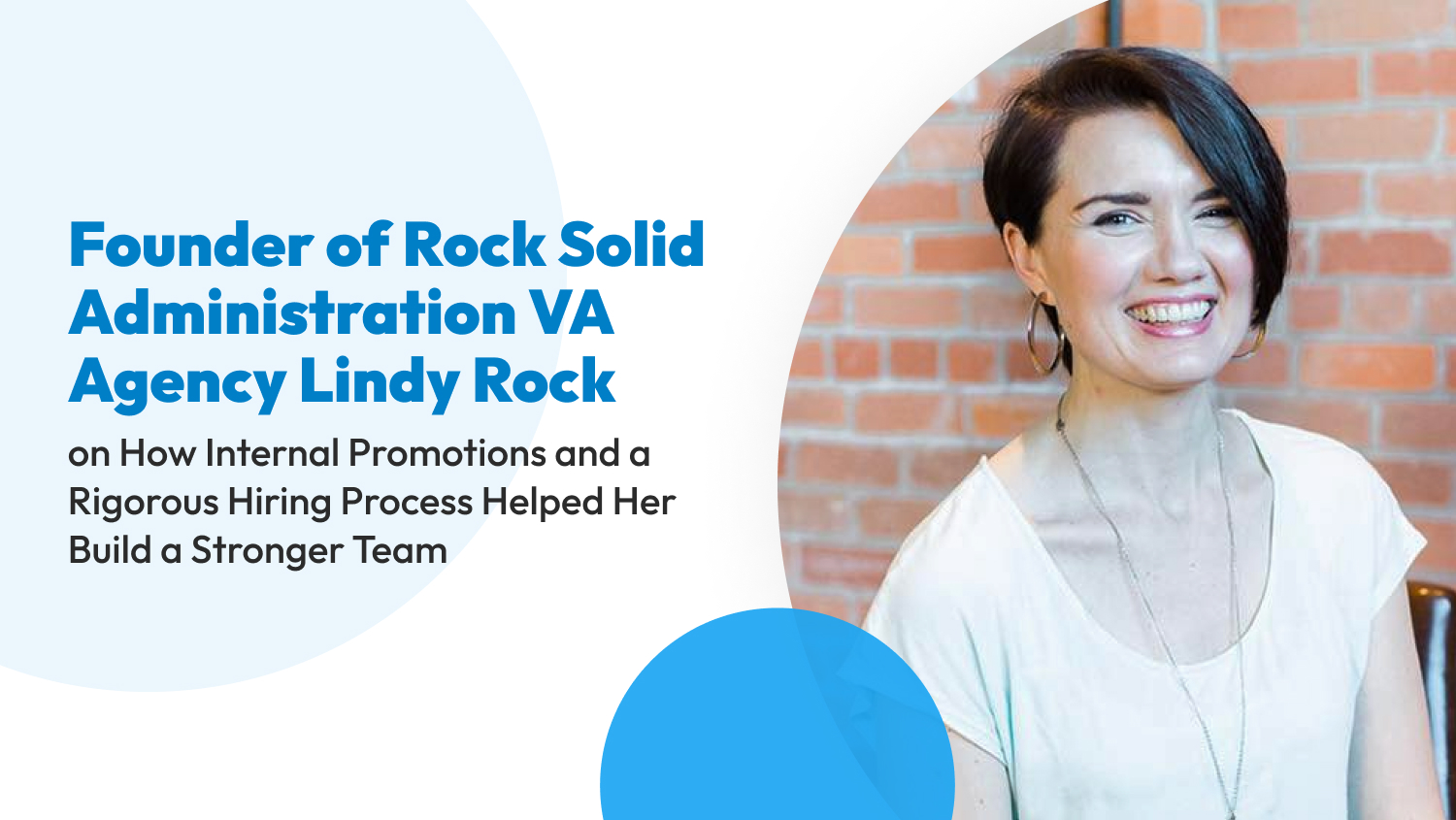Business
Mastering Agile Workflows for Your Business
As the business arena becomes fast-paced and more competitive, companies constantly seek ways to increase efficiency and productivity. Agile workflow has emerged as a popular approach to achieving these goals and more.
The Agile workflow involves breaking down projects into smaller, more manageable tasks while emphasizing adaptability and team collaboration. This approach allows teams to work more effectively in an increasingly dynamic environment.
In this article, we’ll present everything you must know about Agile workflows — from defining the term and its benefits to the phases involved and common mistakes when implementing them.
What is Agile Workflow?
Agile workflow refers to managing and completing projects emphasizing collaboration, flexibility, and continuous improvement. It’s based on the Agile software development methodology, which is all about anticipating the need for flexibility and applying pragmatism to delivering the finished product.
In addition, Agile workflow is known for its incremental and iterative delivery and adaptive planning. This model allows customers and stakeholders to provide feedback at each sprint, which is then incorporated at the end of each sprint. As a result, developers spot problems early and fix them as soon as possible.
Most importantly, implementing Agile workflow improves the efficiency of the project and guarantees that the final output meets the demands of the customers and stakeholders.
There are six types of Agile workflows, namely:
- Agile unified process. Because it uses a simplified approach to product development, this model is generally easier to understand. It still uses adaptable frameworks, which are tailored to fit the project and development teams.
- Crystal. This model follows a fluid method of development focused on humans and the project’s requisites.
- Extreme programming. This Agile product development process depends entirely on customer feedback and reception.
- Feature-driven development: This development model is a progressive iterative process focusing on developing core features in shorter and more frequent cycles.
- Kanban. Kanban is different from other methods as it’s a lean process that seeks to deliver quality by keeping effective team collaboration and backlogs in check.
- Scrums. This is the most popular Agile framework and utilizes cross-functional teams to deliver specific pieces of functionality through a repeatable approach.

6 Steps Involved in Agile Workflow Process
Using Agile workflow for your business offers many benefits, namely improved quality and clear visibility, early detection and rectification of issues, and ultimate transparency in work. It’s also an excellent way of delivering outstanding results and increasing team collaboration — but how do you put this technique into practice?
We’ve created the guide below to help you turn your team members into Agile ninjas. Follow this six-step guide, so you and your teams can benefit from the Agile workflow process.
Ideation
In this phase, teams develop new ideas for features or products. This is usually done through brainstorming sessions, market research, or customer feedback.
The ideation phase aims to generate many ideas, which can be filtered down in later steps. This phase is very time-intensive, so teams break it down into smaller, more manageable chunks.
There are key elements to remember during the ideation phase, namely defining the problems, coming up with a large number of ideas, choosing the best ideas, defining and understanding the roles of each team member, and many others.
Inception
In the inception phase, teams select and define the best ideas in more detail. This phase involves understanding the problem, determining what needs to be built, and creating a development plan.
This phase aims to develop a high-level plan, which can be used in later steps. Don’t forget to plan for contingency during this phase, too.
You can also create an inventory of unselected ideas in the ideation phase and assess whether you can incorporate them into later phases or should be discarded completely.
Iteration
In the iteration phase, teams create a short-term plan based on their high-level plans from the previous phase. The iteration phase involves the following steps:
- Breaking down features or products into tasks;
- Assessing how long each will take to complete;
- Identifying dependencies between tasks and components and;
- Assigning roles to team members.
The goal of this phase is to turn high-level plans into something more manageable or tangible so everyone in the team can easily understand them before starting to work. Additional market research is necessary during this phase as requirements often change during development.
Release
Teams begin to implement their plans and track progress during the release phase. This phase includes using a task management tool, such as ClickUp, Asana, Monday, or HubSpot, to track tasks, status updates, and others.
In addition, teams will also start testing the product or feature in a live environment and get feedback from end users or customers during this phase.
The release phase ensures the product or feature meets the customer’s needs and is ready for production.
Production
In the production phase, the product or feature goes live and is used by end users. Teams continue to monitor progress, acquire feedback, and make improvements when necessary.
The goal of the production phase is to ensure that teams are able to respond quickly when things go wrong (e.g., bugs or errors in the software) or after changes in business needs (e.g., customers need or want new features).
Retirement
The retirement phase is the final stage of the project. In this phase, teams complete the remaining tasks, archive all artifacts and documentation, and end support for the product or feature.

5 Common Agile Mistakes and How to Avoid Them
According to a McKinsey report, 93% of business units that adopted an Agile model pre-pandemic saw significantly better operational performance. The same report also showed that another 93% saw better customer satisfaction, and 76% saw better employee engagement.
The key to achieving the same success isn’t only about following the six phases mentioned above — knowing which common Agile mistakes to avoid is just as important. Committing these mistakes can cost your company millions or even billions annually.
Ensure your company’s success when embracing Agile workflow by avoiding the following mistakes:
Expecting Transformation Too Easy and Too Soon
Have you implemented Agile workflow but weren’t able to see any improvement? Take the time to assess other areas and determine if they require adjustments. Adopting Agile methodologies is a significant change that requires overcoming other problems, like those involving trust or company culture.
Help team members with the transition by maintaining transparency on who should make decisions regarding each phase or piece of the project.
When managing issues involving a lack of trust, influence the habits and behaviors of your team members. Make sure that they take priority over processes. Most importantly, don’t simply ask teams to follow — encourage them to experiment and try new approaches.
Attempting to Replace Agile Principles With Tools
Before introducing any tools to teams, make sure that team members receive proper training and fully understand the goals and phases of the Agile workflow. Introducing tools too early can overcomplicate the adoption process and put too much emphasis on automating tasks instead of focusing on the individual members of the team.
Forcing the Scrum Master to Be the Project Manager
Many companies don’t differentiate between a Scrum master and the lead developer or project manager. A Scrum master who has existing responsibilities in the company won’t likely have enough time to guide the entire team in adopting an Agile workflow.
As a manager or business owner, avoid picking a Scrum master yourself. Instead, let the team decide who should have the role. Of course, the Scrum master should have impeccable software production skills — but even more important, they should have an in-depth understanding of the Agile workflow that allows them to become a “guardian angel” of their team.
Not Asking Users for Feedback
Not discussing your project too often with its end users might be convenient as it expedites the project development but can result in wasted resources. You’ll likely lose thousands or millions in creating a piece of software that no one wants to buy.
The solution? Publish your software as soon as there are new features, so end users or customers can test them. This way, you can get feedback just in time to implement changes before you get to a point where making adjustments or turning back can be costly for your company or clients.
Focusing Only on Productivity
Productivity is vital for every business, but it shouldn’t be the sole focus when implementing Agile workflows. Ensure that you don’t lose sight of your team, as they’re a vital part of the process; they’re the ones who will create and implement solutions.
When implementing Agile workflows, focus on what needs to be done. Prioritization is key, and the number on that list should be the well-being of your team members. Remember, they’re the ones who get their hands dirty, execute demands, come up with ideas, and turn them into results.
Master Agile Workflow With Your Team
Implementing Agile workflow for your company isn’t easy. Fortunately, the information above is the pivot point in Agile adoption, making it easier for businesses to implement such workflow.
Sure, it’s just the start, and you and your teams still have to complete tons of work, but correctly applying Agile workflows together will enable your company to move faster, drive innovation, and adapt to the ever-changing world of business.











